What are the types of photography. What are the photographers
Types of photos
1) Black and white photo.
Historically, the first type of photography. After the appearance of color, and then digital photography, black and white pictures have retained their popularity. Often, color photos are converted to black and white for an artistic effect.
2) Color photo.
Color photography appeared in the middle of the XIX century. The first steady color photograph was taken in 1861 by James Maxwell using the tricolor photography method (color separation method). Color separation is the division of a color image of an original into separate monochrome uniform-scale images.
To obtain a color image using this method, three cameras were used with color filters installed on them (red, green, and blue). The resulting images allowed to recreate the projection (and later, in print) a color image.
The second major step in the development of the tricolor photography method was the discovery in 1873 by German photochemist Hermann Wilhelm Vogel of sensitizers, that is, substances capable of increasing the sensitivity of silver compounds to rays of different wavelengths. Vogel managed to obtain a compound that is sensitive to the green part of the spectrum (distribution of values of a physical quantity: energy, frequency, or mass).
The practical application of the tricolor photography was made possible after a student of Vogel, the German scientist Adolf Miette developed sensitizers that make the photoplate sensitive to other parts of the spectrum.
Along with the color separation method, from the beginning of the 20th century other processes (methods) of color photography began to actively develop. In particular, in 1907, the Avtochrome photographic plate of the Lumiere Brothers was patented and entered into the free sale, making it relatively easy to obtain color photographs. Despite numerous shortcomings (rapid fading of colors, fragility of plates, grain of the image), the method quickly gained popularity and until 1935 50 million autochromic plates were produced in the world.
3) Instant photo.
A variety of photos using special photographic materials that have a more complex device than traditional ones. Such photographic materials contain built-in containers with reagents for the chemical processing of photo layers, and automatically appear immediately after shooting, giving a ready-made positive image. The most famous producer of such photo kits was Polaroid, the founder of which, Edwin Land, invented the principle of image transfer.
4) Digital photography.
Digital photography is a relatively young, but popular technology, born in 1981, when Sony launched the Sony Mavica CCD camera, which records images to disk. This device was not digital in the modern sense (an analog signal was recorded on the disc), however, it made it possible to abandon the film. The first full-fledged digital camera, the DCS 100, was released in 1990 by Kodak.
Genre photos
In the 20th century, when the photographic technique was sufficiently improved, rather sensitive photographic materials and convenient cameras appeared, photography turned from technical curiosity into one of the types of visual art, akin to painting, but different from it.
The special place and significance of photography in artistic culture is connected with the technical, scientific essence of photography. The most important feature of the photo is its authenticity, authenticity of the captured events. At the same time, the image, as in a painting or drawing, bears an artistic generalization, the disclosure of the inner meaning of the situation shown, the character of the person depicted, and much more.
In essence, the photographer is an artist with certain “colors” - photographic equipment and photographic materials. The photographer uses pictorial tools of photography (point of view, angle, linear composition, plan, perspective, lighting) related to pictorial tools of painting. An additional tool is chemical-photographic processing. A part of modern genres of photography repeats the corresponding genres of painting, while a part is specific only to photography.
The main genres of photography as art.
1) Portrait.
A portrait is a picture or description of a person or a group of people existing or existing in reality, including artistic means (painting, sculpture, graphics, photography, printing), as well as in literature and forensic science (verbal portrait).
2) Still Life.
Still Life (fr. Nature morte - “dead nature”) is a depiction of inanimate objects in the visual arts, as opposed to portrait, genre, historical and landscape subjects.
3) Landscape.
Landscape (Fr.Paysage, from pays - country, locality) is a genre of fine art (as well as individual works of this genre), in which the main subject of the image is primeval, or to some extent transformed by man. Modern ideas about the landscape were formed over the centuries with the development of artistic techniques for its image. In landscape work, particular importance is attached to the construction of the perspective and composition of the species, the transmission of the state of the atmosphere, the air and light environment, and their variability.
4) Photohunting.
Photohunting (English Wildlife Photography) is a type of photography, in which birds, animals, insects and other creatures in natural environment are the subject of photography. It combines three aspects - sport (therefore, it can also be considered as a new type of sport hunting, which appeared at the beginning of the 20th century and became especially popular in our time); - cognitive, in which it is connected with photography as a method of scientific research in the field of biology in which documentality is considered as the main requirement; - artistic, as it forms one of the types of artistic photography as an art form - in this case, the aesthetic criterion becomes the main one for evaluating the results.
5) Macro.
Macro shooting (from other-Greek. Μακρός - large, large) - a type of photo, film or video, the feature of which is to obtain images of an object on a scale of 1: 2 - 20: 1 (i.e. 1 centimeter of image on photosensitive material 2 - 0.05 centimeters of the object).
More generally, the term macro photography is used in cases of photographing from closer distances than the distances indicated on the camera lens distance scale (the minimum focusing distance of most lenses for SLR cameras is about 0.5 meters, for rangefinder lenses - about 1 meter).
Macro photography is the principle of forming an enlarged image. The lens creates a real enlarged image of the subject on any photosensitive material - photographic film, photographic plate, photographic paper, film or electronic device (digital camera or video camera matrix, television camera vidicon). A micrograph is used to photograph smaller objects with an optical microscope.
6) Report.
Report - a message from the scene. The genre of journalism, the specifics of which are listed efficiency. In addition, this genre is characterized by impartial (no ratings) coverage of events and it is implied that the reporter is an eyewitness or a participant in the described. The author of the report is not necessarily the person in charge of the event (although it may be him, for example, in materials like “the reporter changes his profession”), but he is always an active observer and commentator on the action. Events in the report are not staged (as is sometimes thought), but reproduced in their entirety. In other words, reporting is a genre that gives a visual representation of an event through the direct perception of the author - an eyewitness or participant in the event.
Specific types of photos.
1) Aerial photography.
Aerial photography - photographing a territory from a height of hundreds of meters to tens of kilometers using an aerial camera mounted on an atmospheric aircraft (airplane, helicopter, airship, etc., or their unmanned analog).
The photographs obtained during aerial photography are especially applicable in cartography, in determining the boundaries of land tenure, species exploration, archeology, environmental studies, the production of films and commercials, etc.
2) Lomography.
Lomography is a genre of photography that aims to capture life in all its manifestations as it is in pictures. Lomographs are looking for beauty in a huge number of deliberately poor-quality film shots taken from unusual angles.
For this purpose, the automatic compact camera of the Leningrad Optical-Mechanical Association "LOMO Compact - Automatic" ("LOMO LC-A"), launched in 1983, was originally used, from which the name came. Supported and developed by the International Lomographic Society, headquartered in Vienna.
Lomography involves capturing the moment without regard to the traditional criteria for the quality of documentary photography, such as sharpness, plausible color reproduction, uniform frame density. This is a consequence of the availability and simplicity of the device of most lomographic devices, and often the small photographic literacy of the part of lomographs. Because of this, some photographers and amateur photographers misinterpret the notion of lomography as some kind of blurry low-quality amateur photos. At exhibitions lomographic images are mosaically grouped into lomo-walls, and not only each individual frame has artistic value, but also their totality, on which everything can be depicted.
3) Luminography.
Luminography - photographing luminous objects (light sources, or reflections that derives from the name (Latin: lumen "light", ancient-greek. Γράφω "writing"). In the West, the term Light painting is most often used to denote this trend in the art of photography .
There are two main methods of luminography: static and dynamic. The general rule is a long exposure time.
Static method: the camera is fixed - the light source is moving.
Dynamic method: the camera moves freely - the light source is fixed.
Mixed method: camera and light source are mobile.
Luminography appears in the work of some artists in the first half of the twentieth century. The pioneers of this method were Man Ray, Pablo Picasso, Gyon Mili, and others. Then interest in it periodically flares up in America, then in Europe - Kamil Varga, Kensi Göpel and Jens Varneke from Germany, the Lichtfaktor and LAPP PRO groups, American Darius Twin, Finn Hanu Huhtamo and others.
4) Underwater photography.
Underwater photography - film and photography of various objects under water.
As a rule, it happens with the use of special waterproof equipment, or with the help of a conventional photo camera or movie camera placed in an underwater camera box or in a soft waterproof case.
A set for underwater shooting at shallow depths usually consists of a camera in a box and an autonomous lighting device. Professional surveys are conducted using several lighting devices with autonomous power sources, means of installing equipment on the ground or underwater apparatus, means of underwater transportation of equipment and means of communication between operators. Modern equipment makes it possible to shoot at the depths, which are inaccessible to the person himself, thanks to the use of remote control means.
5) Light graphics.
Light graphics (eng. Light graphic) or lightpainting (tracing from the English. Light painting - drawing with light) - photography style, light drawing technique.
The two main methods of lighting are static and dynamic.
Static rendering method.
Monocomposite The essence of the method consists in drawing the object with light from different sides. It is necessary to exclude any movement of the included light source. Only a directed short burst of light creates a neatly lit area and naturally a shadow following it.
Multicomposition. Moving the drawing object in several (two or more) fixed positions. In the same frame, the same character or object is drawn in different positions with light.
The method of dynamic rendering.
Moving light Drawing with the help of light sources (light swords) various improvisations in space. Used to fill the background planes and to stylize the light web. Example: all sorts of inscriptions, ornaments, decorations.
Moving drawing plane, light shift (CC). This is a method of prescribing the light trace of a shifted plane.
Blurring The movement of directional light to remove textures and details. The method is suitable for smoothing the elements of the composition. When the light beam moves, the border of the light-shadow is blurred.
Distortion and refraction. The results of this method are achieved using static rendering and reflective surfaces. The techniques for obtaining such an image are very similar to the SS, but the results depend on the shapes of the reflected objects.
All of the above methods are only parts of a single process. They are both independent and perfectly combined with each other.
6) Photo Collage
Photo collage (from fr. Collage - sticking) is a technical technique in the visual arts, which consists in creating paintings or graphic works by sticking objects and materials different from the basis in color and texture.
Collage is mainly used to get a surprise effect from a combination of dissimilar materials, as well as for the sake of emotional richness and sharpness of the work.
It is believed that Georges Braque and Pablo Picasso were the first to use the collage technique in art in 1910-1912. The first artist working exclusively in the technique of collage, was Kurt Schwitters.
There are many places and types of photo sessions. They are all good in their own way. So how to determine the location for the next shooting?
Studio or street photography?
First you need to decide. In the studio, the photographer has full control over the light and the construction of the frame, but it is limited only by the space of the room. On the street you can hold a photo session at sunset or on the roof of a high-rise building. These pictures can be exciting and unusual, but you have to rely more on natural light and weather conditions.
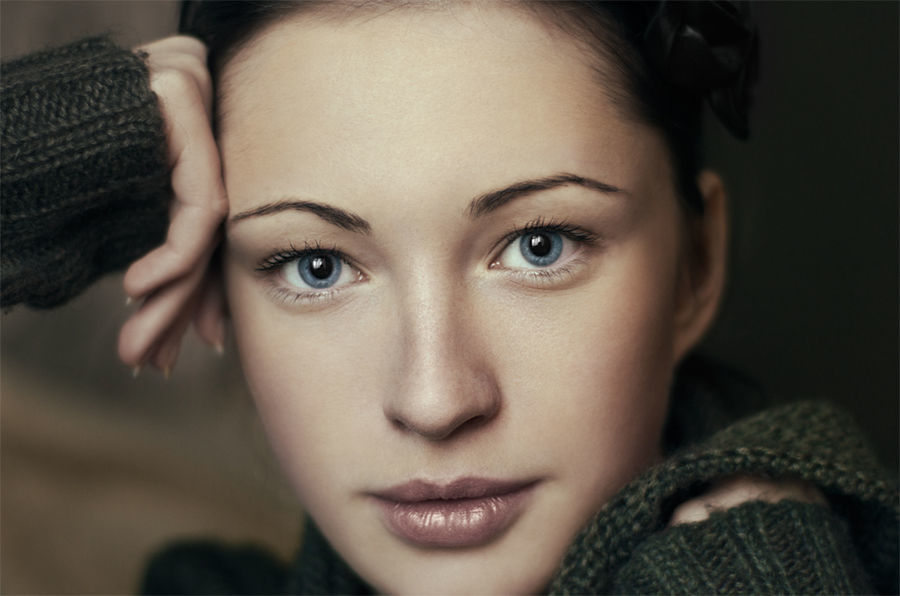

Very interesting . They grow very quickly, so to keep memories of how little kids were. you should take pictures of them more often. The kids never sit still, so it is very difficult to photograph them. It is necessary to calculate the correct lighting to be able to freeze the movement of the child in the frame. Most likely the photographer will need the help of parents and an assistant.

Before you start taking pictures, you need to make contact with the child. After talking and maybe playing with him, the child begins to trust the photographer more. The best photos are obtained then. when the baby does not notice the camera and just goes about its business.
Statistics show that 90% of couples have only, and after all it is so interesting to look at yourself and your soulmate in 10-20 years. It will be sad if only a wedding album and table snapshots made by someone from relatives or friends, and in fact that much you can think of: studio shooting, shooting a walk in the park or around the city, riding a boat, you can come up with a lot of scenes.
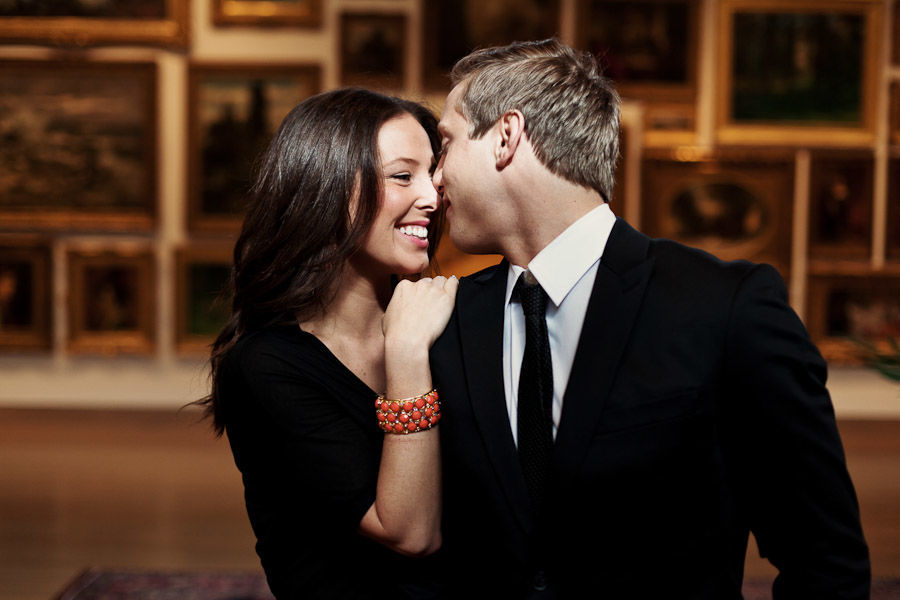
Photographing pets
This is a topic for, as you can say a lot about it. The main thing to remember when shooting animals is the shutter speed, because almost all animals are very mobile. shoot better with your pet's eye level.
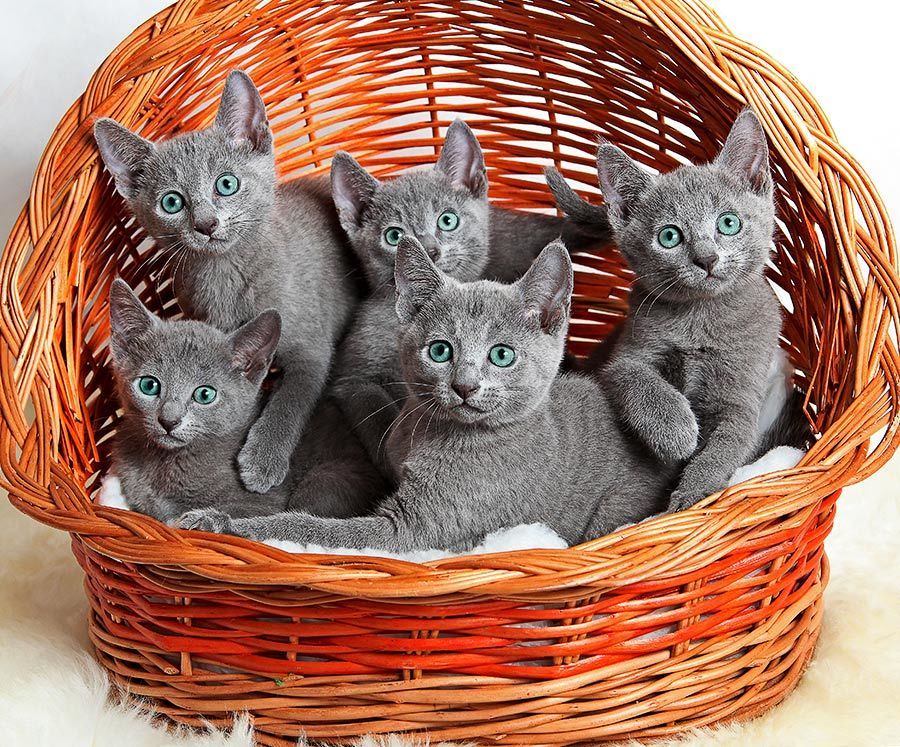
This is one of the most popular types of filming. The list can be continued indefinitely, but everyone should decide for himself what is more interesting to him.
Photography, like any other kind of art, suggests the existence of various genres. The photography genre is a concept reflecting the most important properties and phenomena of photographic art in one or another of its manifestations.
Work in each particular genre requires certain skills and photographic equipment from the photographer. But you should not focus only on photographic equipment, because photography is, first of all, the art of displaying the world and its own vision of reality. In addition, the photographic image is the most powerful and unique means of expression and communication, it offers a dynamic variety of perception, execution and interpretation.
There are a large number of photography genres, many of which are borrowed from classical painting. Below are the most popular genres of photography, the list includes ten currently popular genres of photo art.
Photo genres. Astrophotography
Astrophotography is a popular, but very expensive photography genre, in which not many masters can afford to work. The essence of the genre is to shoot astronomical objects in outer space. Astrophotography is mainly used for scientific research and is very popular among scientists and astronomers. Astrophotography photographers photograph stars, nebulae, planets. The most "simple" object of shooting is the moon. Even the masters who do not possess supernatural equipment can take pictures of the moon, for this there will be a sufficiently powerful telephoto lens and superzoom.
Photo: Karam Al Snjarae 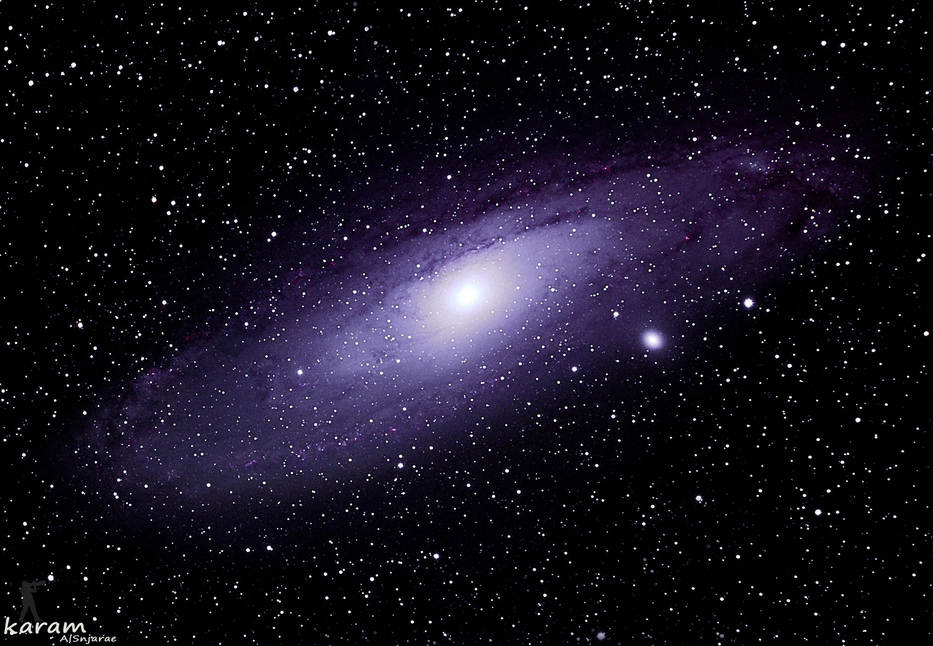 Photo: Karam Al Snjarae
Photo: Karam Al Snjarae 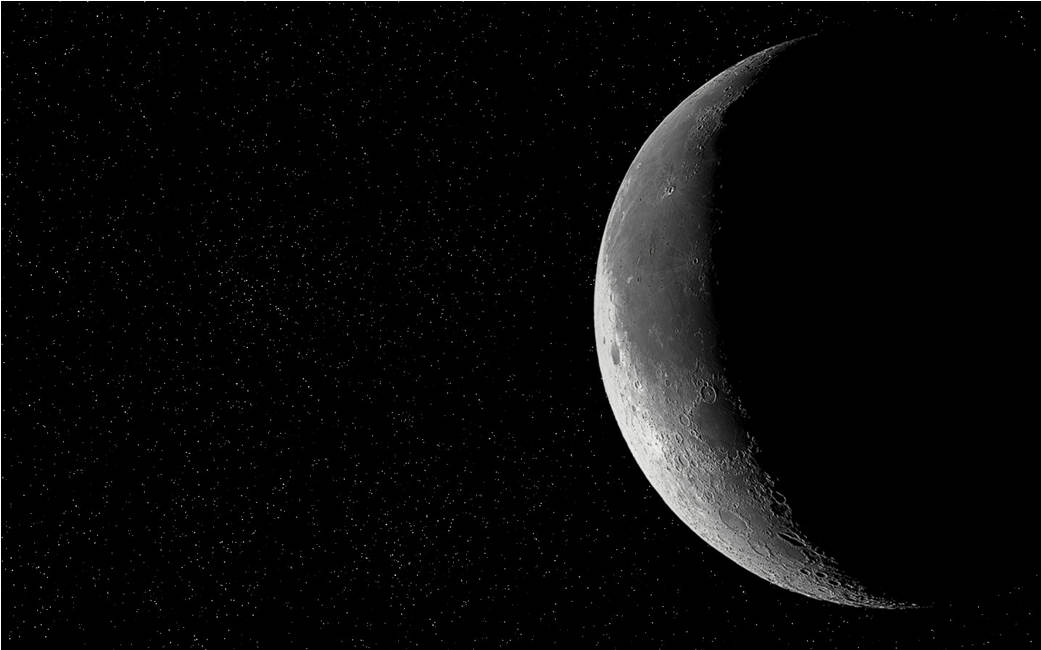 Photo: Josh Quint
Photo: Josh Quint
Photo genres. Aerial photography
Aerial photography is another popular, but not cheap, genre of photography. The essence of the genre lies in the fact that the photographer removes the surface of the earth from a bird's-eye view, allowing viewers to look at reality from a height. Aerial photography is especially popular in places where any means of transport other than a helicopter are not available, as well as in areas of contamination and natural disasters. Today, aerial photography is often used in cartography, helping to create topographic maps and conducting environmental studies. One example of stunning and informative aerial photography is the documentary “Home. A date with the planet ", directed by Luc Besson and photographer Jan Arthus-Bertrand.
 Photo: Tier Ecke
Photo: Tier Ecke  Photo: Ivan Yakovlev
Photo: Ivan Yakovlev 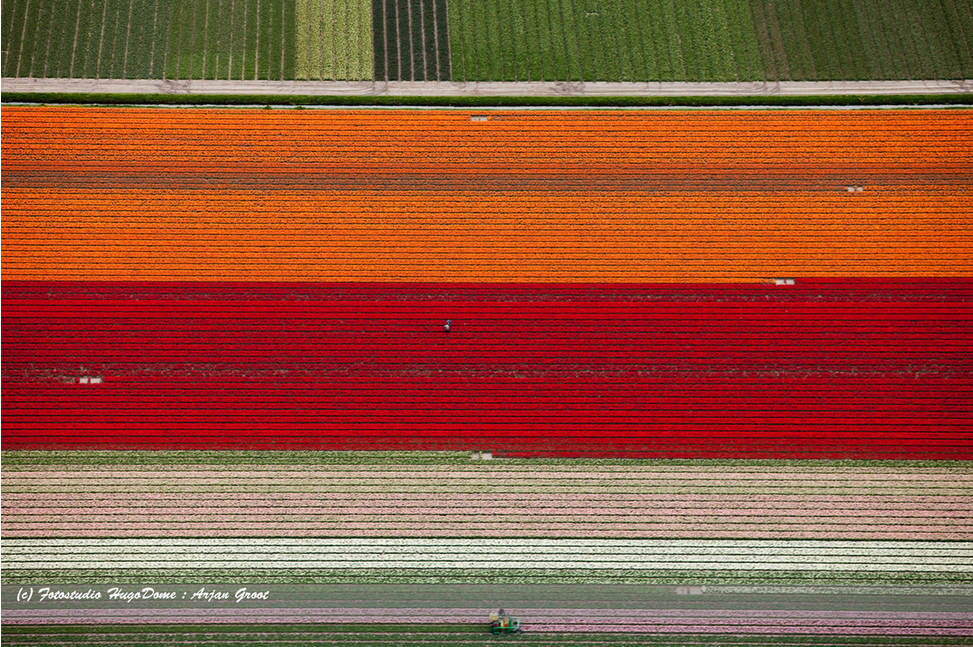 Photo: Arjan Groot
Photo: Arjan Groot Photo genres. Architecture
One of the oldest genres of photo art is architectural photography. Even during the birth of photography, as such, architectural photography was one of the most “convenient" in the implementation of photography genres. The main task of architectural photography is to accurately display the building, the image of its shape, size and structure, without any changes and drawing. Despite the fact that at first glance this genre seems simple, there are a lot of rules in architectural photography, and there are strict requirements for the photos themselves. It is important that the master photographing this or that structure does not distort its shape or color, so that the light would be soft and illuminate the building evenly.
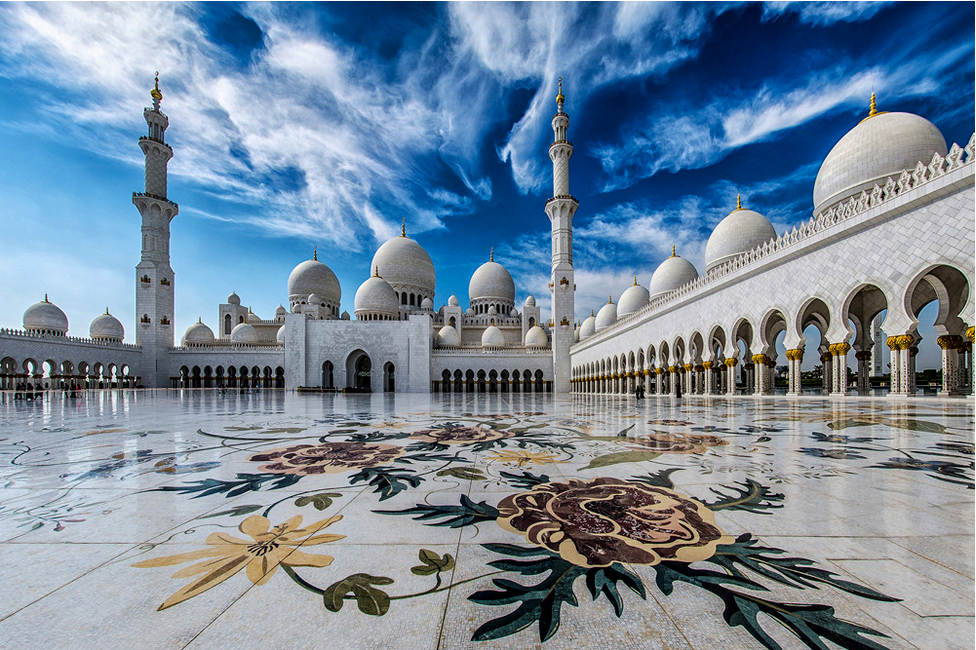 Photo: WK Cheoh
Photo: WK Cheoh 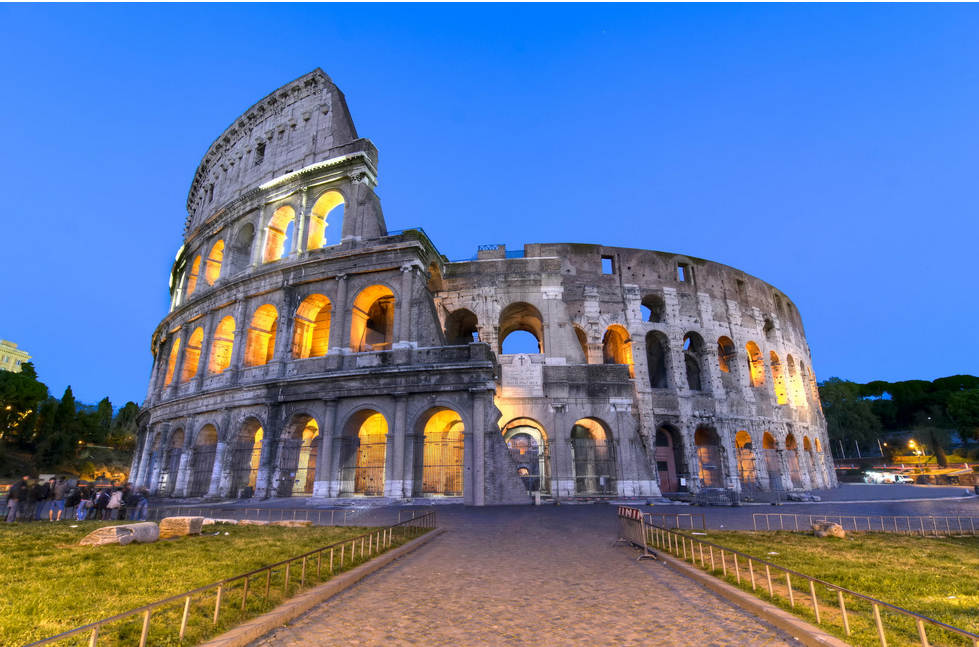 Photo: Alireza Behrooz
Photo: Alireza Behrooz  Photo: Christos Kaouranis
Photo: Christos Kaouranis Photo genres. Food photography
Food photography has become particularly popular over the past few years, thereby turning from a commercial photo into something more primitive and accessible to everyone. And this is due to the fact that many users and beginners confuse ordinary food shots on the phone with expensive shooting by professional advertisers. Food photography is popular and requires some small skills and technical equipment. The main problems that a photographer may encounter while working are incorrect lighting, initially not an attractive type of food, composition, and much more. The task of the master is to shoot an attractive and "tasty" food, for this he must provide all the conditions of shooting, as well as be able to show the dish or product from the most advantageous position.
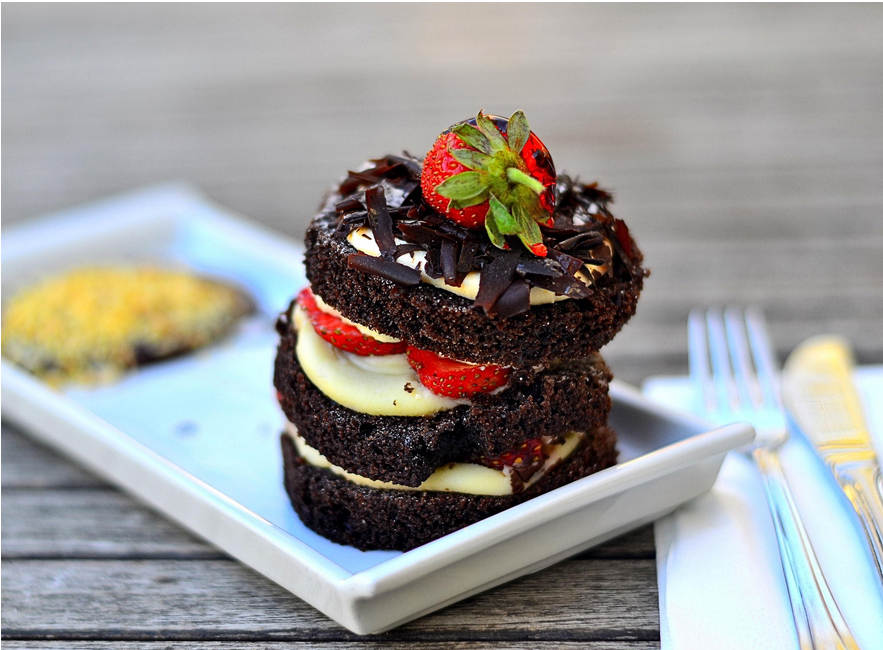 Photo: Zeynep Ugurdag
Photo: Zeynep Ugurdag 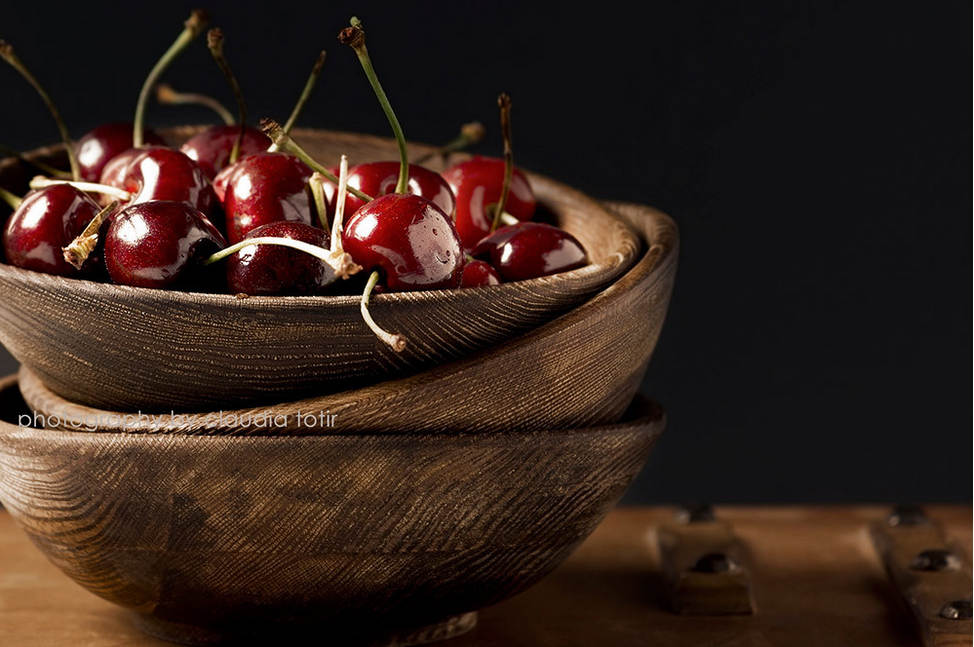 Photo: Claudia Totir
Photo: Claudia Totir 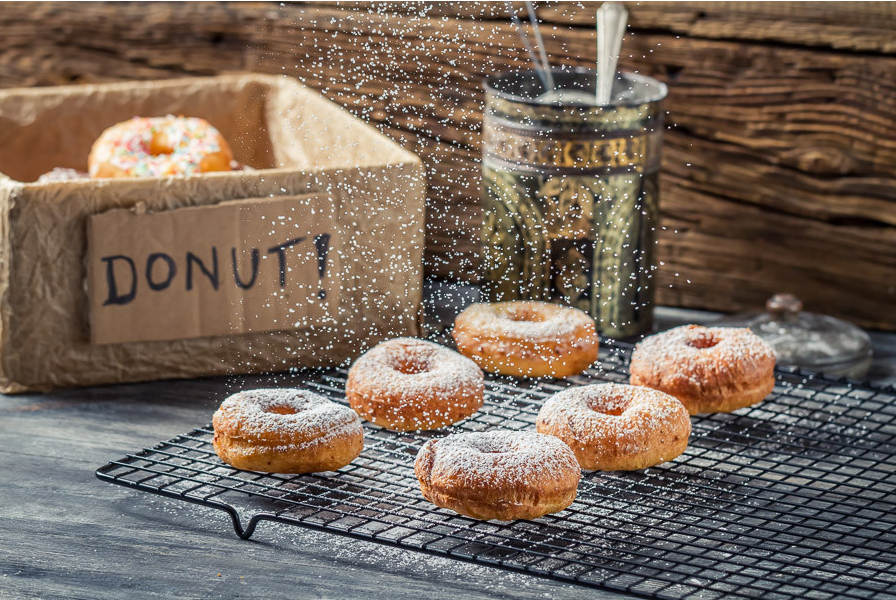 Photo: shaiith
Photo: shaiith Photo genres. Aesthetic photo
Aesthetic photography, or how else it can be called - photography with the bokeh effect is incredibly popular, and the desire to create a picture with a creative blurry background sooner or later occurs in all novice photomasters. Blurring the background makes it possible to emphasize interesting aspects of the image, to place accents and make a truly artistic photo. How to create a bokeh effect in a photo and what factors influence the creation of a blurred background. Also for inspiration you can get acquainted with the incredibly beautiful in photography.
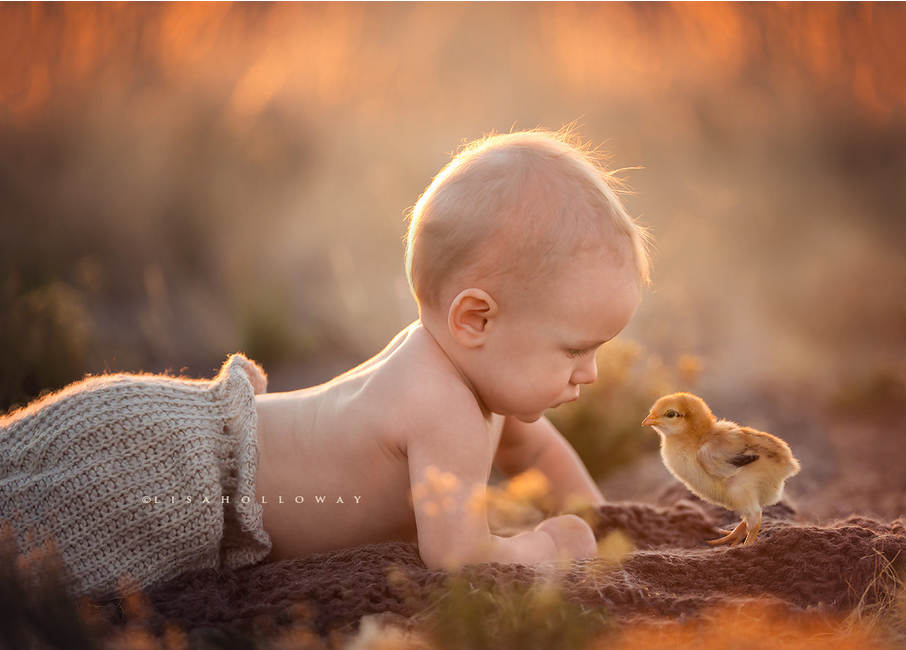 Photo: Lisa Holloway
Photo: Lisa Holloway 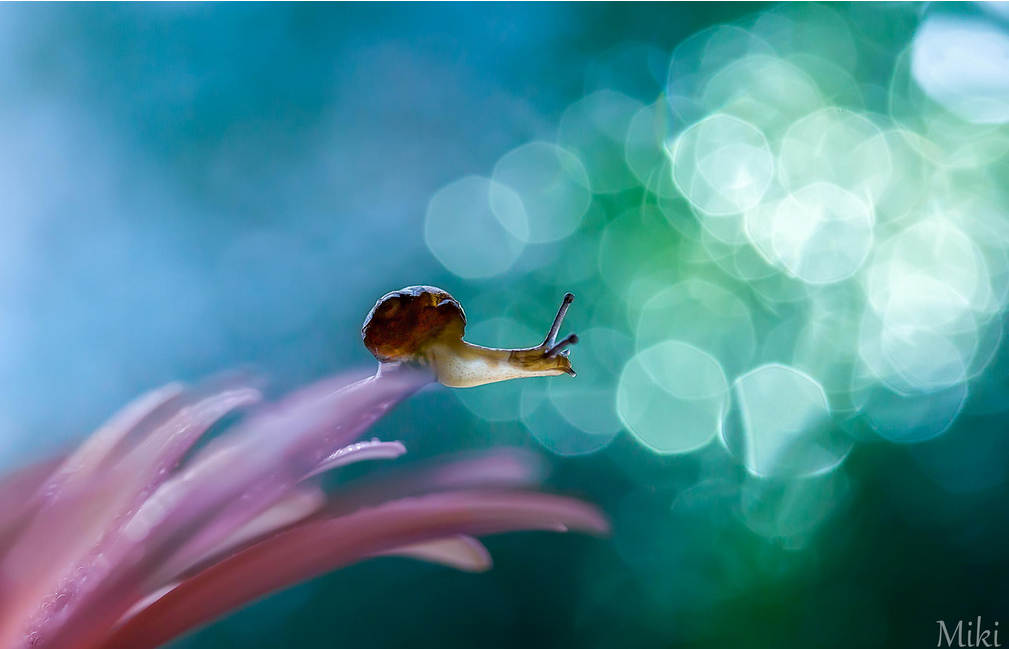 Photo: Miki Asai
Photo: Miki Asai 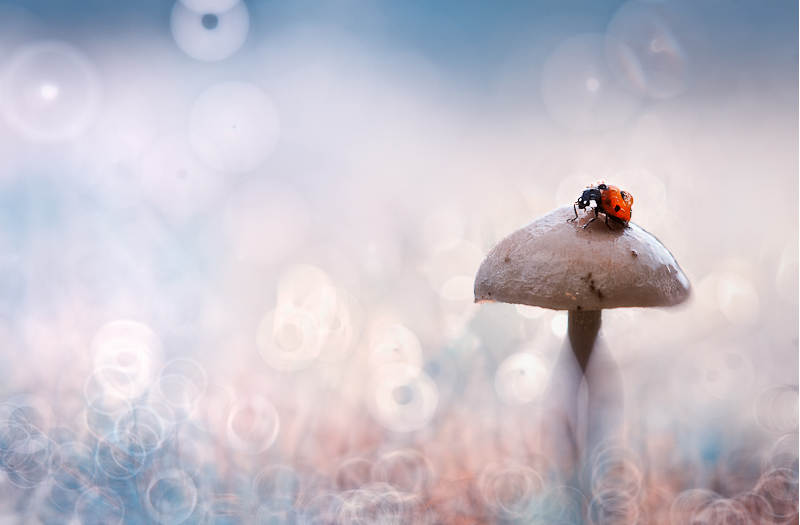 Photo: BLOAS Meven
Photo: BLOAS Meven Photo genres. Portrait
One of the most common and popular genres of photography is portrait photography. The purpose of portrait photography is a beautiful display of people, the ability to show a person’s mood in an artistic and creative manner, especially his appearance and expressive features. If we are talking about a portrait, then first of all we have in mind the facial image of the model, the so-called breast portrait. However, there are such things as a belt portrait, a growth portrait, and a 2/3 portrait. Many professional photographers prefer to create black and white portraits, arguing that this way you can show the most expressive features and personality of each person. Portrait, along with architectural photography are the oldest genres of photography.
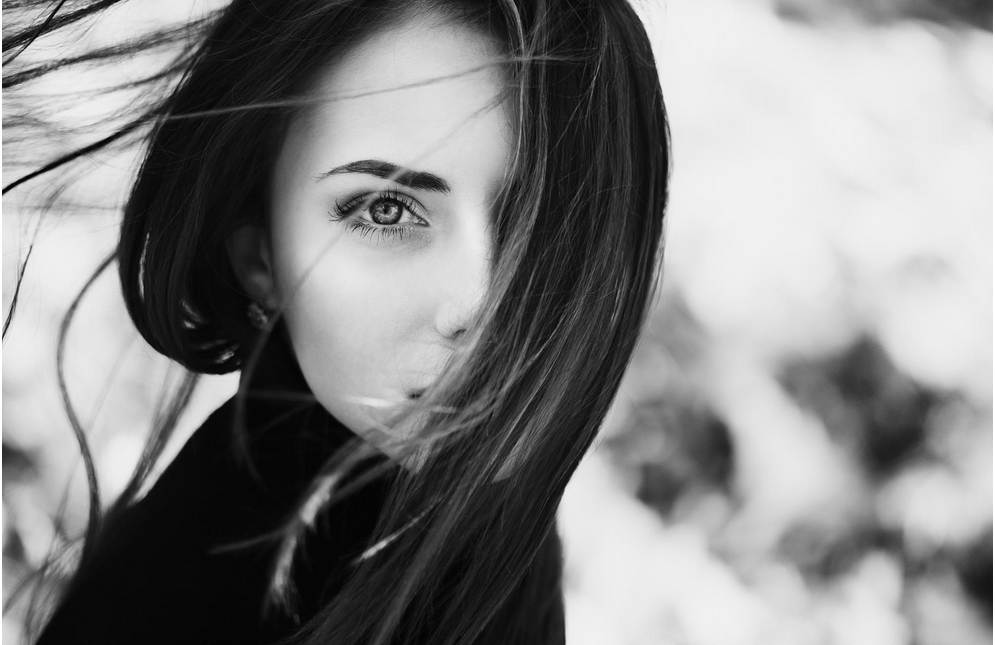 Photo: Ann Nevreva
Photo: Ann Nevreva 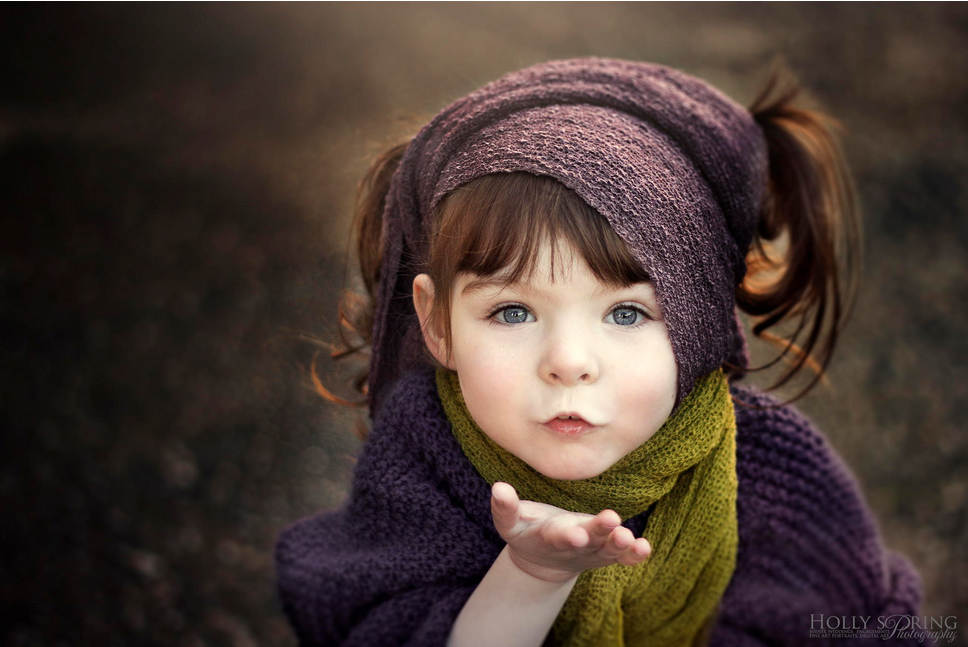 Photo: Holly Spring
Photo: Holly Spring  Photo: rarindra prakarsa
Photo: rarindra prakarsa Photo genres. Fashion or studio shooting
Fashion and studio photography are the most profitable genres of photography. put exclusively on a commercial basis, which is why professional photographers receive a good reward for their work in the studio. Photography for catalogs of clothing and magazines, online publications and advertising brochures, family and individual shooting in the studio - all this applies to fashion and studio photography. In this type of shooting, as in any other, there are difficulties and nuances that are clearly important to consider. To begin with, in order to become a prestigious fashion photographer you need to invest a lot of time and money in training and purchasing the necessary equipment. Create and make popular your style of photography.
 Photo: simon-james
Photo: simon-james  Photo: Max Twain
Photo: Max Twain  Photo: Oliver Oettli
Photo: Oliver Oettli Photo genres. Sport
Sports photography is no less popular and purchased than fashion photography. In turn, shooting sports events also requires a lot of experience and knowledge. For shooting sports it is important to use fast cameras and powerful lenses, be able to quickly and accurately focus manually, be mobile and mobile. Sports photography is created primarily for the further sale of their shots to popular publications and online resources, and in order for the editors to purchase exactly your shot you need to be the best in the business.
 Photo: Valentin Offner
Photo: Valentin Offner 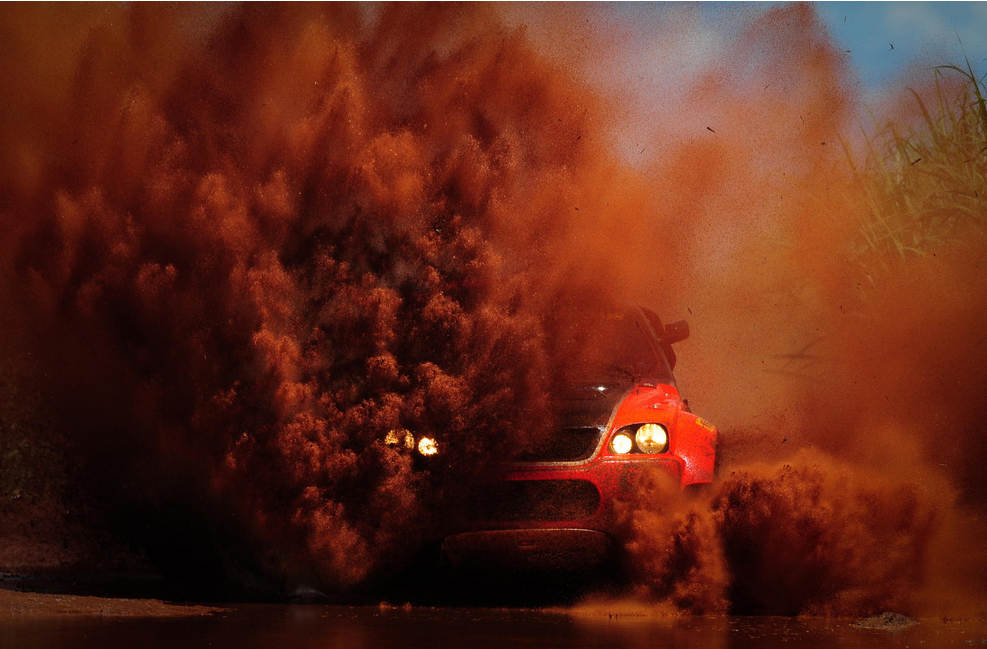 Photo: Fabio Davini
Photo: Fabio Davini 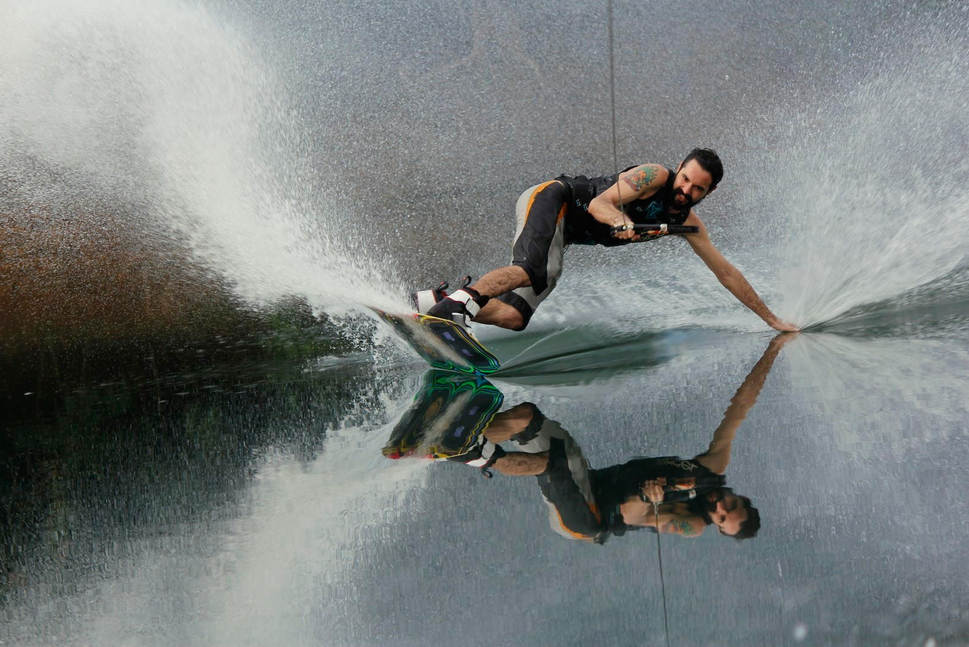 Photo: Rafael Blumberg
Photo: Rafael Blumberg Photo genres. wild nature
Wildlife photography is another incredibly attractive and sought-after genre of photographic art. By photographing wild animals in their natural habitat, photographers provide an opportunity for everyone, regardless of where they live, to look at animal life. Wildlife photography is associated with a constant risk to the life and health of the master, and this is not only the risk of harm to the animals themselves, but in constant traveling, living in nature - constant cold or heat, humidity or lack of fresh water. Wildlife photography requires practice and special equipment. Best friends of wildlife photographers are quality telephoto lenses and fast cameras.
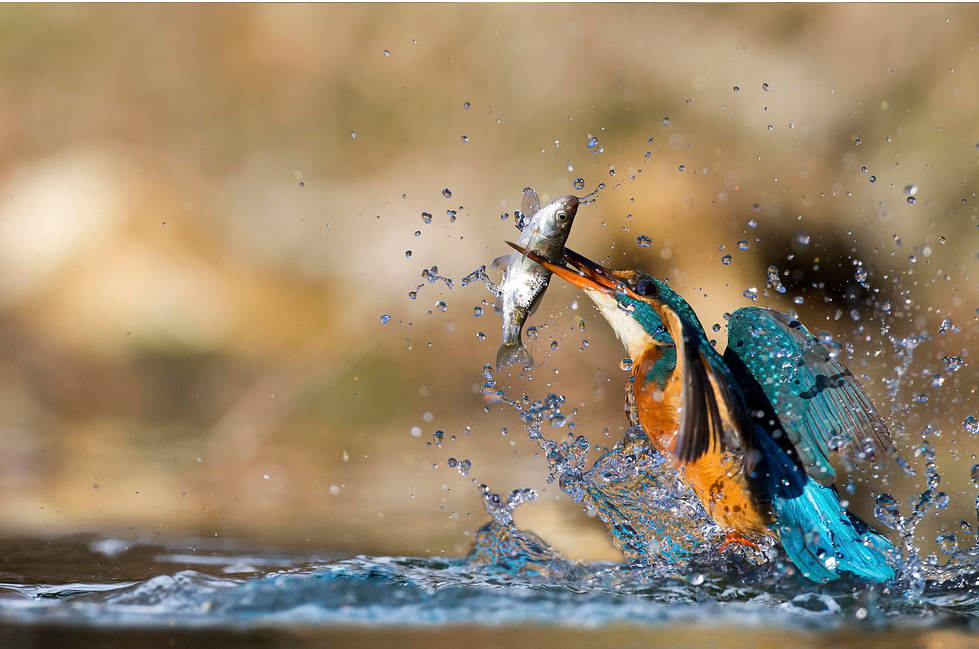 Photo: Marco Redaelli
Photo: Marco Redaelli 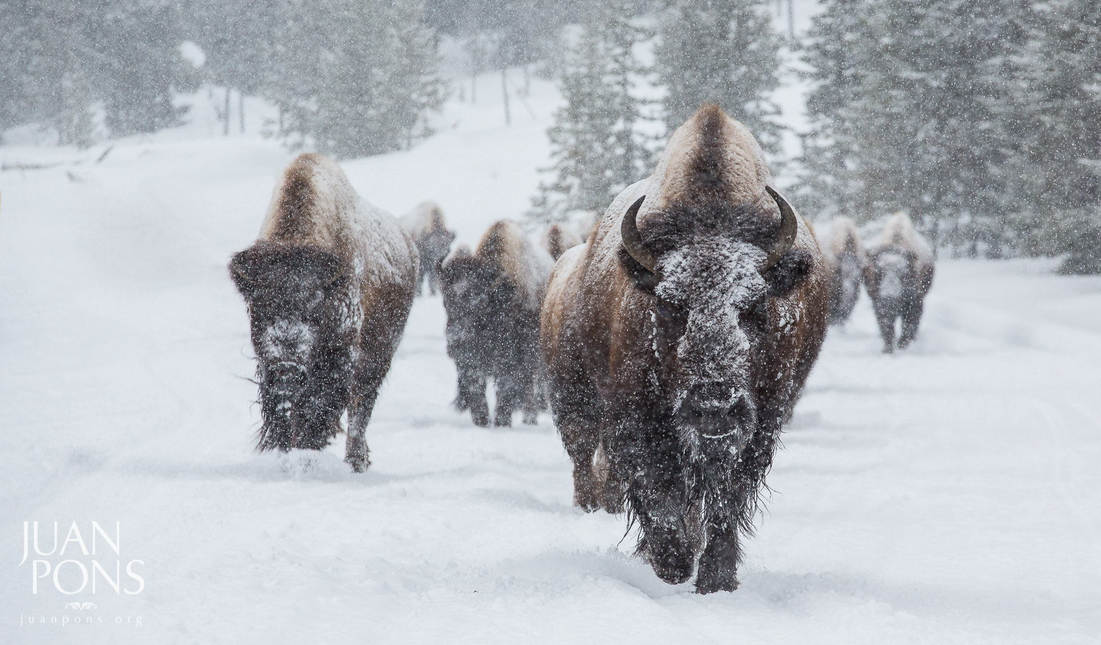 Photo: Juan Pons
Photo: Juan Pons 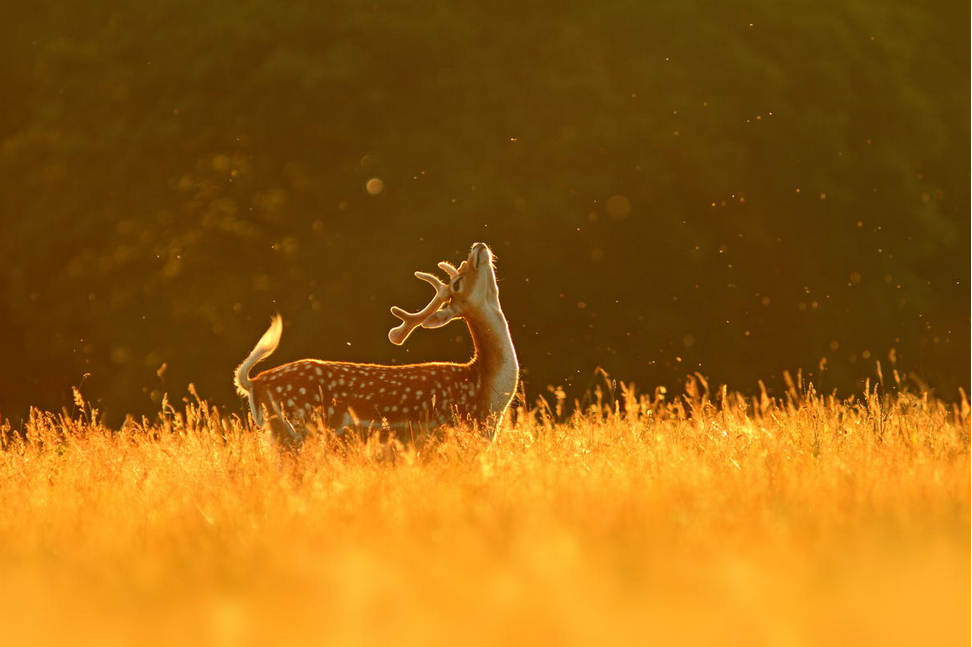 Photo: Simon Roy
Photo: Simon Roy Photo genres. Photojournalism
Candid sparking photos are the most valuable and important photos. Such photos are created in a relaxed atmosphere, when models do not pose for the photographer. During street walks, the master notices and captures interesting and sudden scenes from the life of passers-by. Precisely such sincere non-fiction shots are the best manifestation of photography, like art. Photojournalism can be positioned as. Despite the fact that photojournalism is the most popular genre of photography, it can take years of constant practice and improvement to create candid photos. After all, the main factor in creating such images is the spontaneity and the ability of the photographer to remain imperceptible for models.
Father of photojournalism is considered to be one of the founders of the photographic agency
Today's article will be useful to all beginner models. It is in this article that we talk about main genres of shooting and their differences. Examples, descriptions and everything you need to know - in our post.
As you can guess, we are talking about photography genres. It is the genre that determines the direction of the future shooting, its character, details, clothing, processing. It is worth noting that we are talking about the types of photography, directions, and not about goals. These are different things, because from the point of view of goals, photography can be divided into catalog shooting, shooting for lookbooks, etc., but now we will speak about the nature of the frames. As such, a clear formal list of genres does not exist, but several most famous genres can be distinguished, which every model should have an idea of.
The first and most common is the portrait genre. This is such an absolutely unique type of photography, the task of which is show the natural beauty of the model. Typically, portraits do not use props or bright unusual makeup, but it will be enough to have a natural make-up and just beautiful clothes that fit the image. If there is a need to take a photo in full growth, you can make a growth rub, if the main task is to focus on the upper part of the body, you can get by with a half-length portrait.


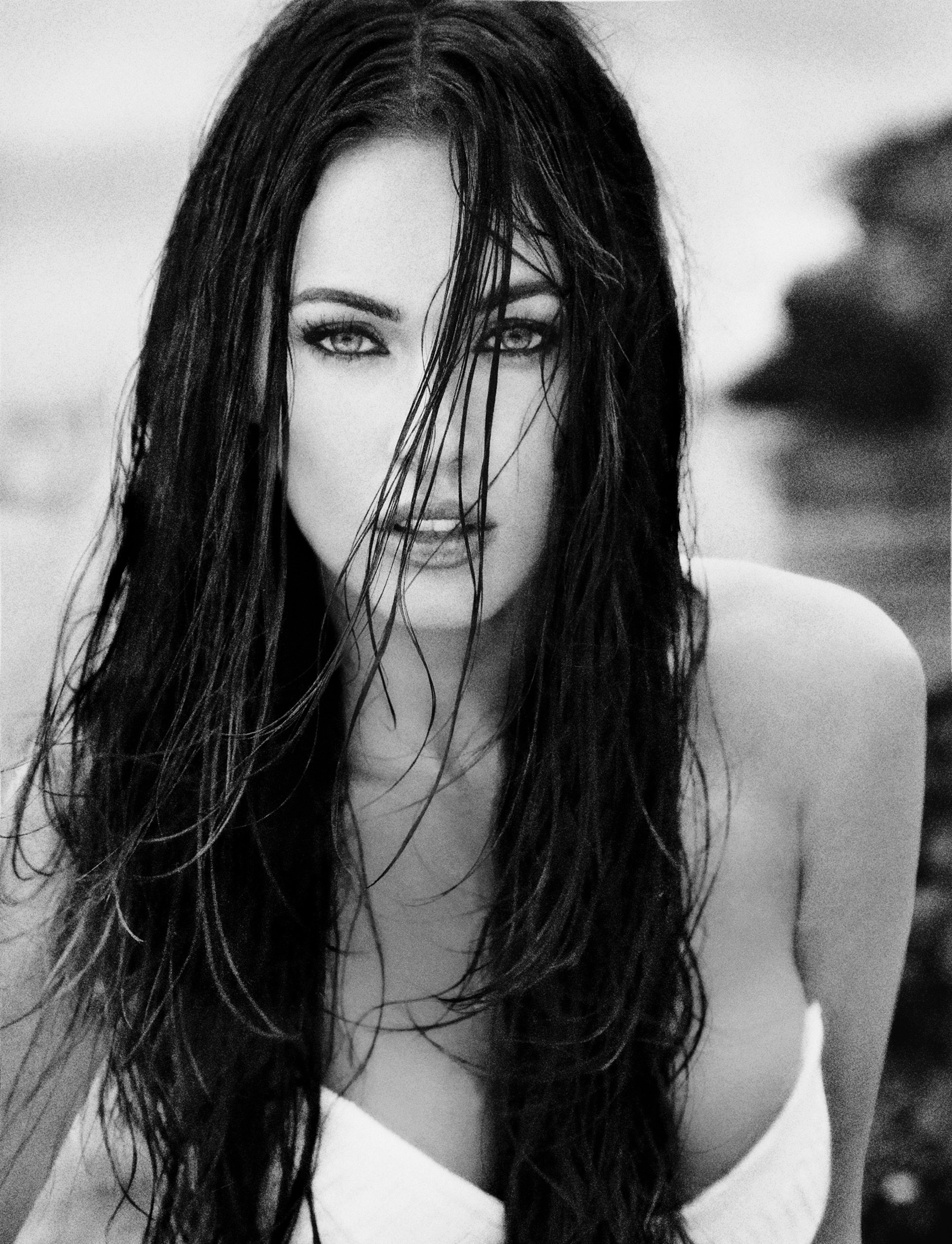
The next genre is exactly familiar to everyone - even if you have never modeled before, you must have looked through cosmetic catalogs, which means you definitely saw beautiful girls with regular features that demonstrate new shades of lipstick or eye shadow. This genre in the model environment is called “beauty shooting”. It is characterized by large facial portraits, the presence of a beautiful, neat, conspicuous makeup, perfect hair. Usually the goal of a beauty shoot is focus on make-up or individual facial features of a model - lips, eyes, cheekbones. In contrast to portrait shooting, shots from shooting in the beauty genre look much more “glossy”.
By the way, we had a competition on our website, in which we. So you will have a great chance to look at an example of this shooting.
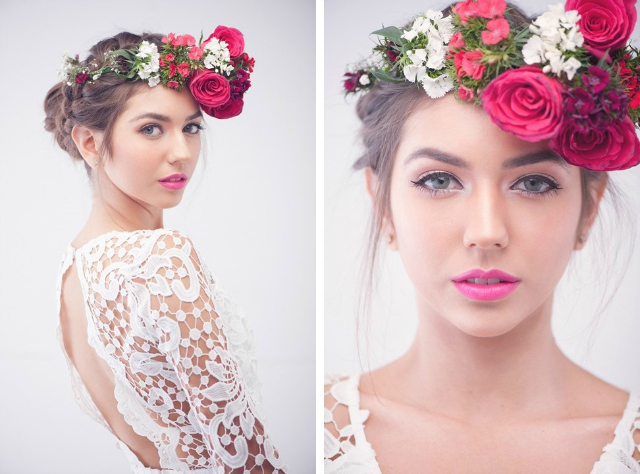
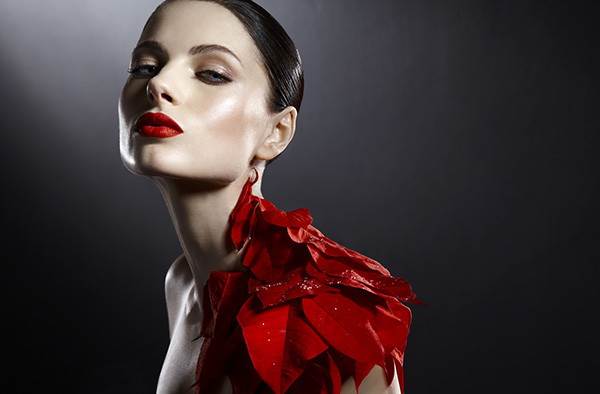
Another genre that is easy to see in fashion magazines is fashion photography. The focus of this photo shoot is made primarily on clothes and accessories, as well as creating an image, attracting the viewer with its beauty and mystery. A girl in such an image you will most likely rarely meet in real life, and this is where her attraction lies - it is far and unreal, but as if about to come off the cover of a magazine. Neither the photographer nor the model is practically limited in the choice of accessories, light and makeup, and modern fashion photography is tightly intertwined with photography in the genre of beauty or glamor.
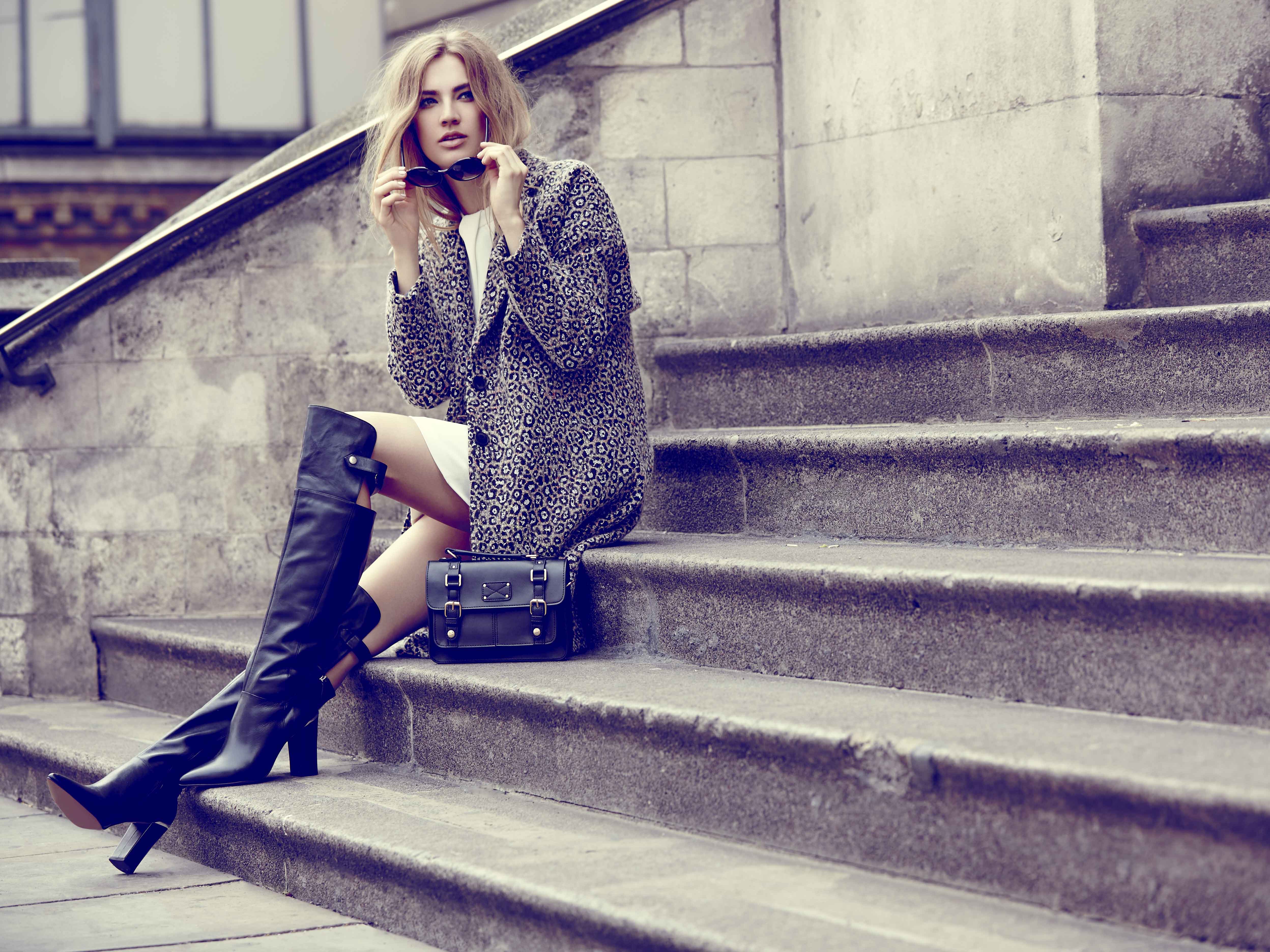


A glamor photo session is designed to portray a model in as attractive as possible to the viewer. The use of bright and expensive jewelry, as well as luxurious clothing, perfect makeup. It is best to conduct such a shooting in a romantic setting - for such a shooting those very luxurious bedrooms from photo studios with four-poster beds, a fireplace and leather sofas are suitable.
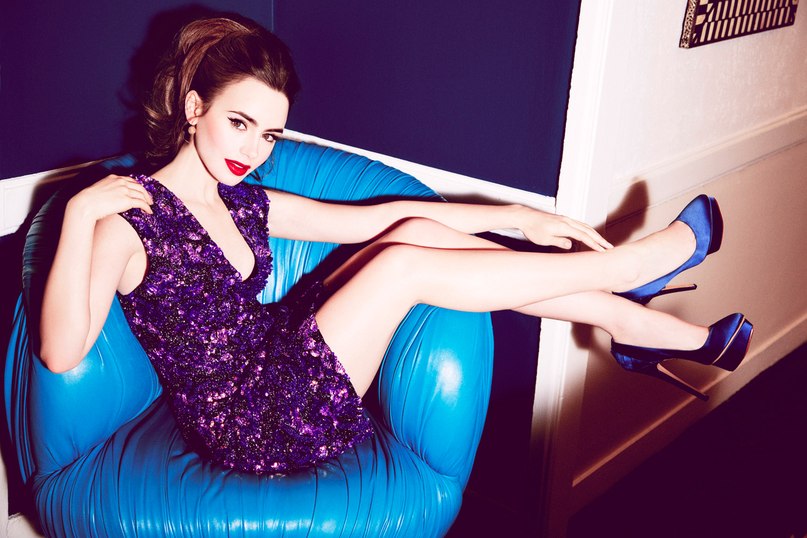
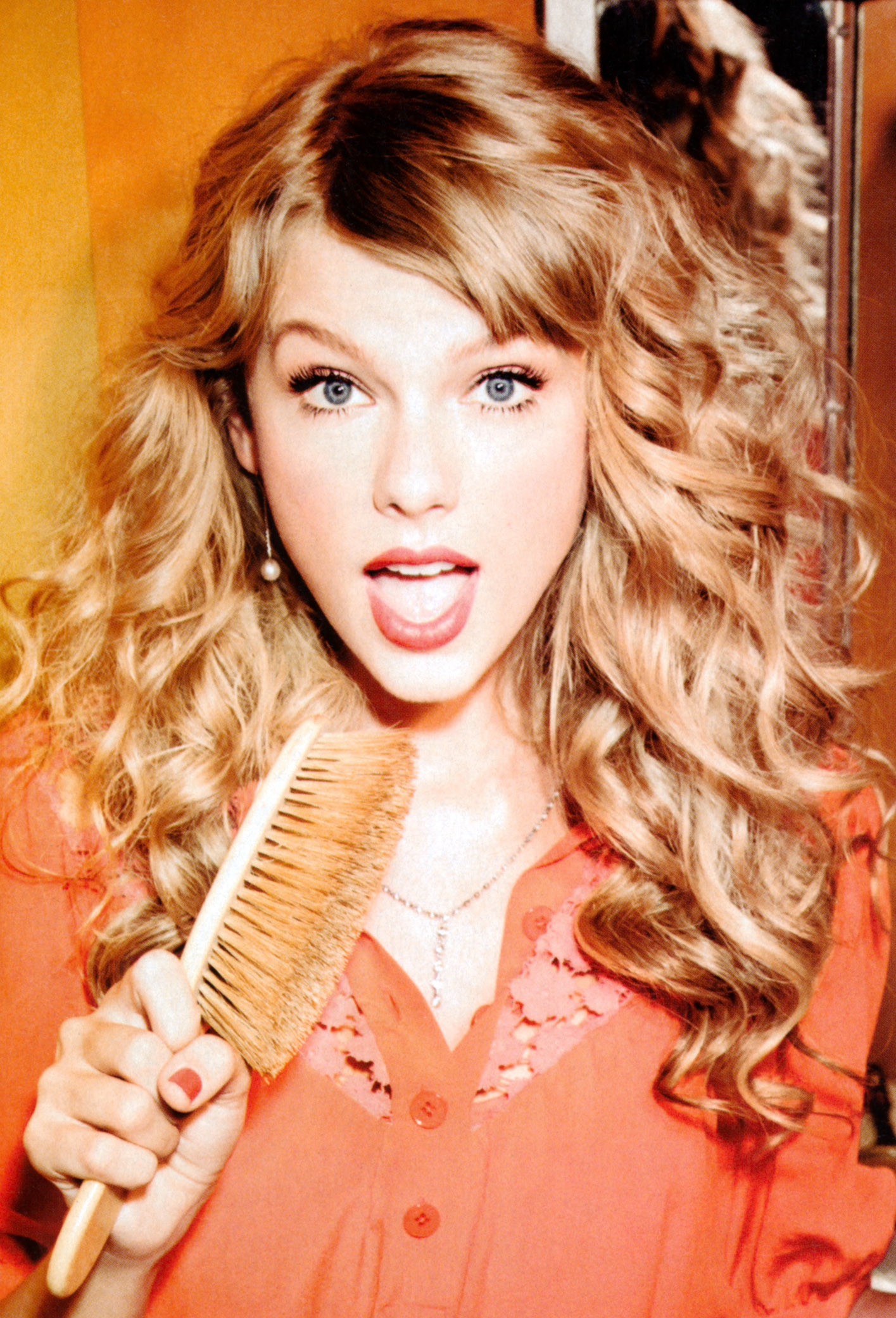
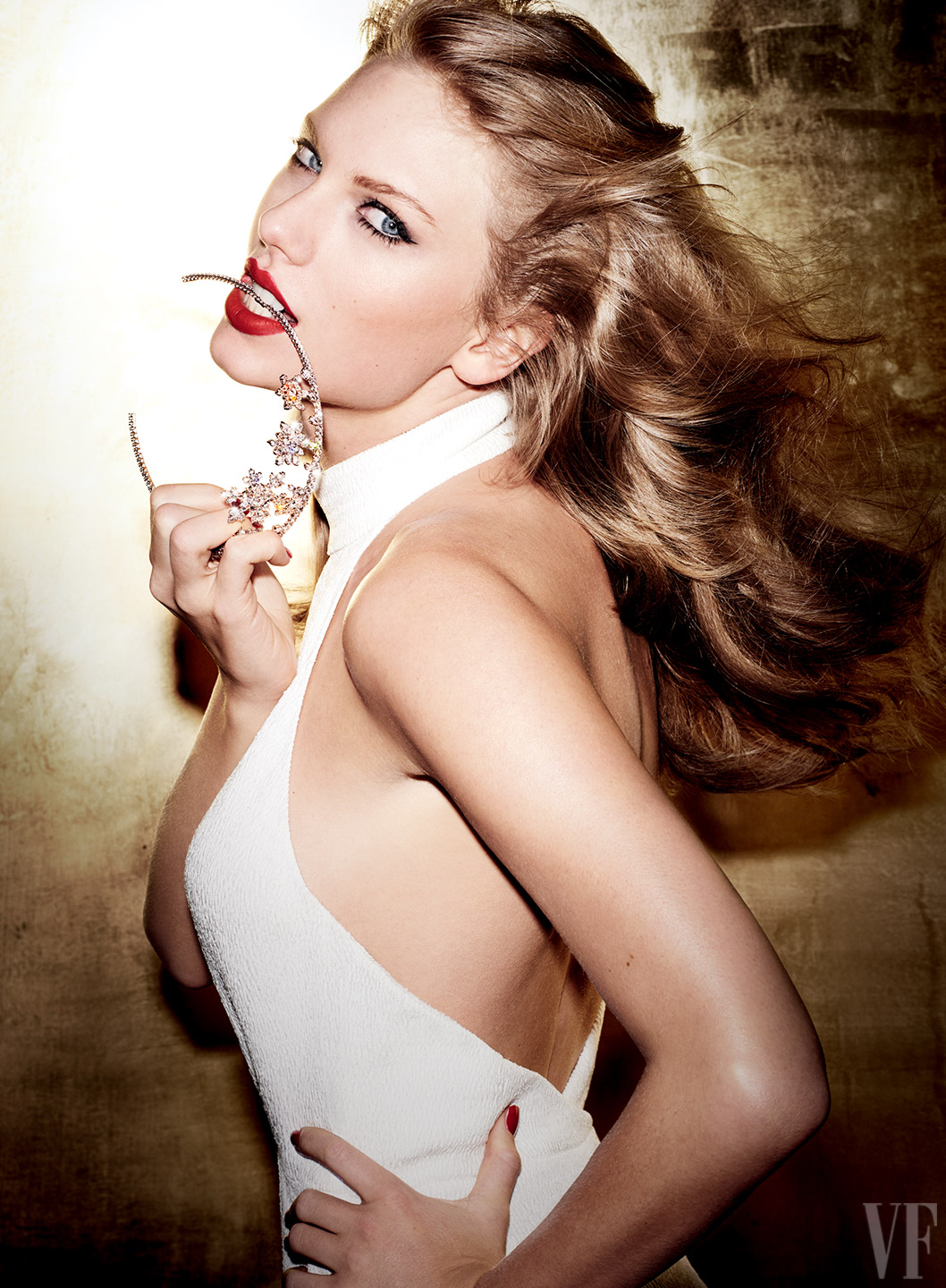
And since we have come close to the glamorous style, it is worth mentioning another very unusual genre - trash - this is a kind of "anti-glamor". Saw a photo in which the model was supposedly just from the epicenter of the explosion - hair sticking out in different directions, spooky or torn clothes? This is trash style photography. The main idea of such a photo session is to challenge the ideal static beauty shooting and show the dynamics, energy and beauty in disarray.
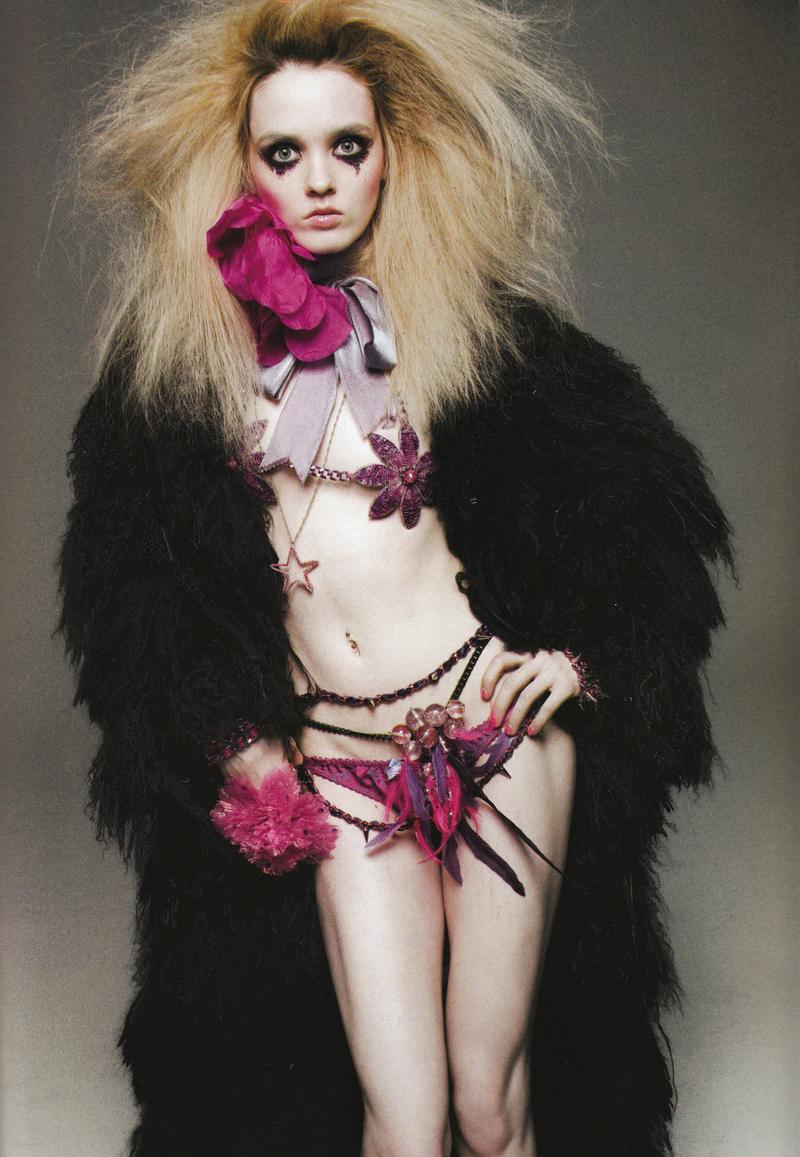
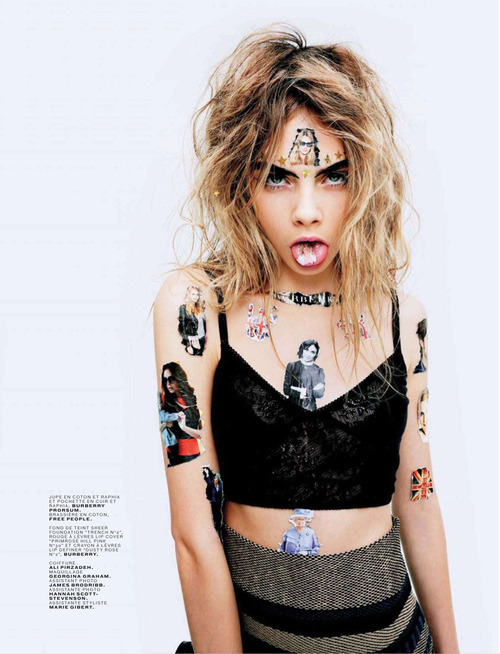
In addition to the main genres, there are several smaller, rather styles than genres. This is a shot in retro style, pin-up (pin-up), grunge, street fashion. These styles are usually not divided into separate groups, so each of them can be attributed to this or many genres. For example, shooting in grunge style is a kind of subsection of such a genre as fashion, and street fashion is the same fashion, but against the background of city blocks.

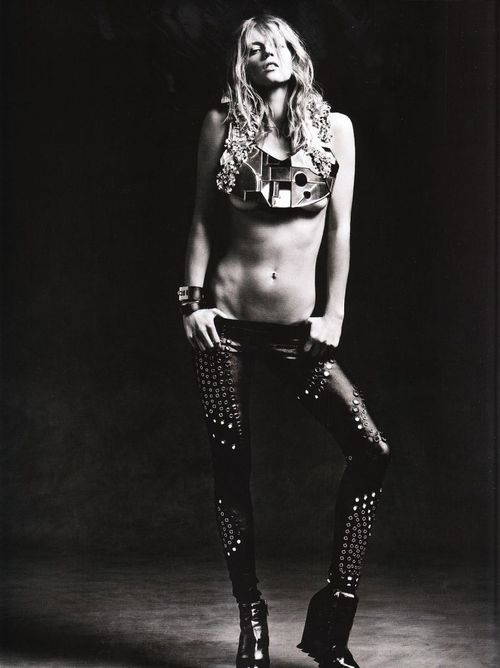
Do not forget to subscribe to our site in order not to miss the following articles.
Photography is a very many-sided art form, which includes not only portraits, reportage and landscape. There are various genres of photography, not only in the professional, but also in the amateur field. This is what the blog is about.
Reportage photography
Photography genres
The peculiarity of this direction in photography is that the main part of the reporter's niche is occupied by professionals. The main purpose of a reporter photographer is to convey the mood and integrity of the whole event in one photo.
Another task of photojournalism is to tell about the facts without the subjective opinion of the photographer. From reportage photos the viewer usually learns about the events. A good photo report perfectly illustrates the news. The ability to notice emotion and the decisive moment of an event is usually taught by years of practice and experience.
Documentary photography
Photography genres
Documentary photography is a reflection of history. The main difference of this direction in photography from photojournalism is that documentary photographs are usually historical confirmation of a particular political or social era. Reportage photography, on the contrary, tells about a particular scene or event.
The theme of this trend in photography can be any event. A photographer can tell about the life of homeless people or war. As in the report, the main purpose of documentary photography is to objectively tell about events.
While reportage photography may eventually become irrelevant, documentary photography “lives” for many years.
Sports photography
Photography genres
Sports photography is one of the fastest and most fascinating reportage types. The peculiarity of this direction in photography is that in order to get successful photographs, the photographer needs to know many subtleties of the sport to be captured in order to capture the right moment in time.
Macro photography
Photography genres
A closeup is a close-up shot of objects. High-quality macro photography is more accessible to owners of expensive lenses, while other areas in photography are more loyal to photographic equipment. However, in recent years, owners of low-priced compacts with macro settings have begun to deal with macro photography.
Macro photography has a large coverage - from flowers and insects to textures and other items that are interesting for detailed consideration.
Micrograph
Photography genres
Microphotographs use special cameras and microscopes. The peculiarity of this direction in photography is in the microscopic size of the subjects. Most micrograph plots originate in the scientific community. For example, microphotography is used in biology, medicine, and even astronomy.
Glamor photography
Photography genres
Glamor photography is one of the most popular contemporary photography styles. Glamor photos can be erotic, but do not confuse them with pornography. A characteristic feature of this trend in photography is that in their work photographers seek to convey the model in a “glamorous” light. That is why most of these photos have the share of flirting and mystery.
Aerial Photography
genres in photography
Aerial photography includes all types of photographs taken from a bird's-eye view. The peculiarity of this direction in photography lies in the complexity of its implementation. “Air” photographers use airplanes, parachutes, balloons and remotely controlled aircraft in their work.
Underwater photography
genres in photography
Underwater photography is one of the common hobbies of scuba divers. The narrow focus and unpopularity of this direction in photography is a consequence of the high cost of hobbies, as well as the high cost of photographic equipment for underwater photography. In addition, even if an amateur photographer has scuba gear and equipment, underwater photography is often complicated by the fact that it is difficult to discern a good story through an underwater mask.
Art photography
genres in photography
Art photography covers a variety of subjects. An underwater photographer can create an art series, and a portrait painter can create an expressive black and white portrait, which only emphasizes the versatility of this direction in photography. The main requirement for a photo that claims to be artistic is to have an aesthetic value.

